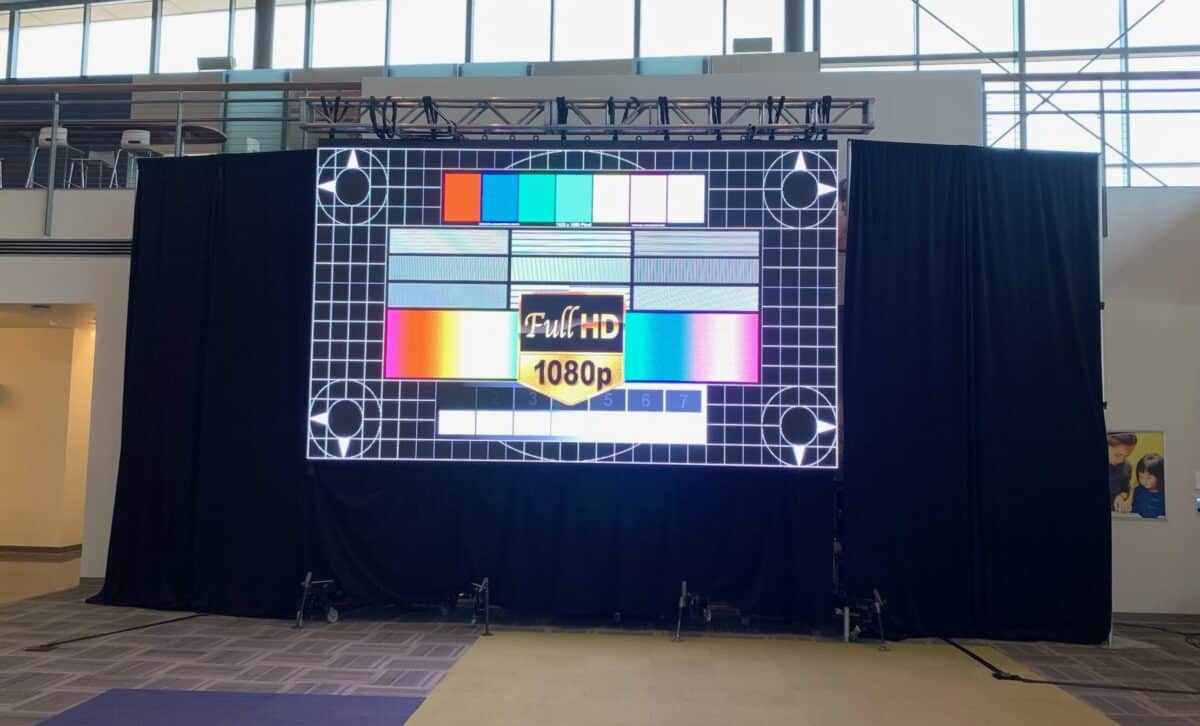A Thorough Comparison of Different LED Display Wall Technologies and The Applications
A Thorough Comparison of Different LED Display Wall Technologies and The Applications
Blog Article
LED display walls have become more common across various settings, such as concerts, sports events, and corporate presentations. These large big displays consist of made up of many small Light Emitting Diode modules which function collectively to form a cohesive unified image. There are multiple kinds of Light Emitting Diode video wall technologies available, every having its unique characteristics as well as advantages. Grasping these technologies options can help businesses and organizations choose the appropriate solution for their particular requirements.
One frequent kind of LED video screen solution is the direct view LED. Such solution uses individual Light Emitting Diode units that are placed near in proximity to form a large display. Directly viewed Light Emitting Diode walls are recognized for their elevated luminosity as well as lively hues, making them ideal for external activities or brightly lit settings. These displays also have a wide viewing angle, allowing indicating that viewers can view the display clearly from various locations. This makes directly viewed LED walls a favored option for sports arenas and outdoor festivals.
A different kind of Light Emitting Diode video wall solution is the LED illuminated Liquid Crystal Display. This technology combines conventional Liquid Crystal Display displays with Light Emitting Diode illumination for improved luminosity and color accuracy. LED-backlit Liquid Crystal Displays are commonly used in indoor settings, such as retail malls and meeting spaces. These displays provide excellent image quality and are generally more cost-effective than directly viewed Light Emitting Diode screens. Nonetheless, they may often perform as effectively in bright environments, as the backlighting can occasionally dull the colors.
A thirdly choice is the OLED video wall. OLED technology offers exceptional differentiation as well as hue richness in relation to alternative kinds of displays. Each pixel in an OLED screen emits its own luminescence, enabling for genuine dark tones as well as lively hues. Such renders Organic Light Emitting Diode video walls especially attractive for uses which require high-quality visuals, such as art galleries or high-end retail stores. However, OLED technology can be more expensive while may often be as luminous as directly viewed Light Emitting Diode screens, making it not appropriate for external applications.
Along with the aforementioned options, there are also multiple uses for Light Emitting Diode video walls. These displays can be utilized for promotion, entertainment, and data presentation. For example, businesses commonly utilize LED video screens for electronic signage to attract clients as well as advertise products. In amusement, these displays enhance the visual experience at concerts and events, offering lively backgrounds and captivating images. In business environments, LED video screens can be utilized for presentations, visual meetings, and educational programs, helping to convey data Learn More in a visually attractive way.
In conclusion, Light Emitting Diode display screens are available in different types, every with its unique advantages as well as uses. Directly viewed LED walls are ideal for outdoor applications, whereas LED-backlit Liquid Crystal Displays are more appropriate for indoor environments. Organic Light Emitting Diode video walls offer superior image clarity yet may come at a greater price. Understanding the differences differences can help entities to make knowledgeable decisions about the best type of LED display wall most meets their needs, whether it be for advertising, entertainment, and corporate applications.